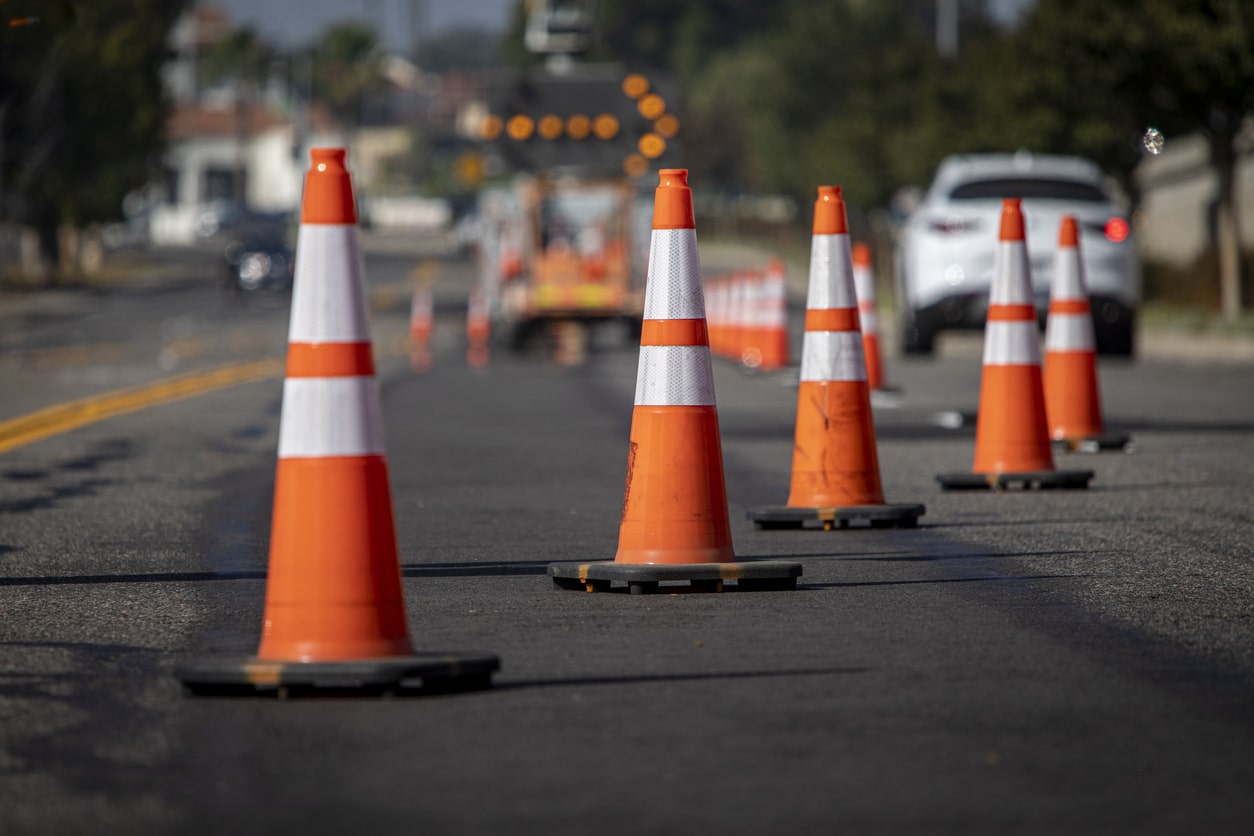On March 10, 2014 the U.S. Supreme Court released their decision in the case of Marvin M. Brandt Revocable Trust, et al. v. United States, holding that when a railroad abandons their right of way under an 1875 law, the property owner holding title to the land within the right of way acquires full rights to the land.
For some years the federal government has been converting old railway spurs to trails for public use as part of a rails-to-trails program. This case concerned land along the corridor of the Medicine Bow Rail Trail in Wyoming, where a struggling railway company abandoned the right-of-way in 1996. The federal government attempted to claim ownership of the land. However, as the Supreme Court found, the underlying land had been granted to the private owners under the terms of the General Railroad Right-of-Way Act of 1875 (43 USC § 934), which directed that once the railway right-of-way was abandoned, ownership of the underlying land returns to the private owner. This decision may mean that the federal government will have to pay millions of dollars to these landowners as just compensation for land being utilized as public trails.




